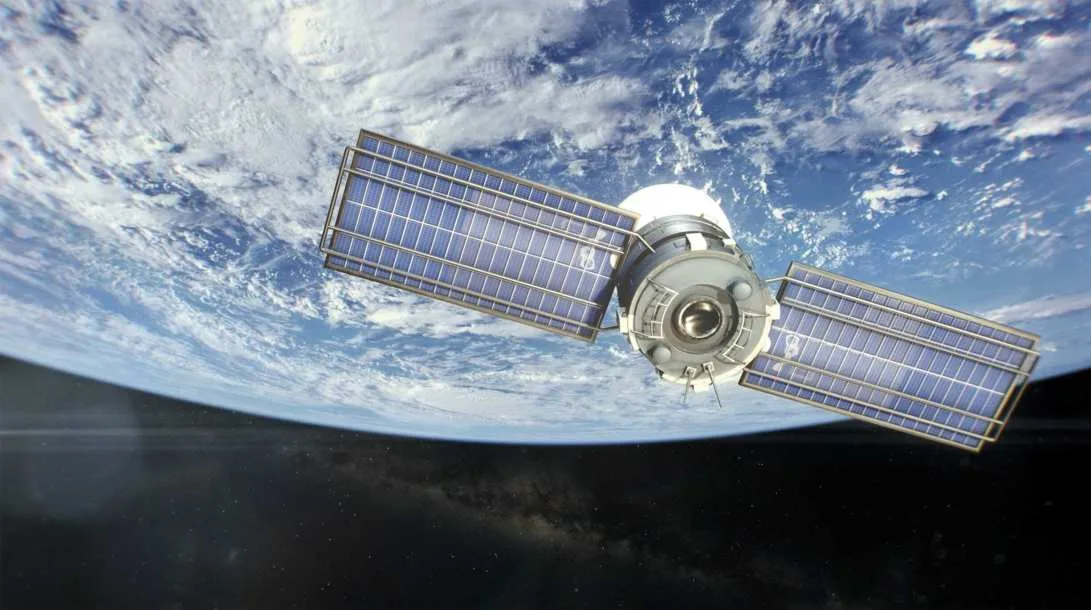Microsoft Azure to serve as the backbone in Quasars vision to deliver space data as a service.
Rashmi Karanth came to understand the advantages of Australia’s size and location as a player in the space race by building user-centric digital solutions at Westpac, Johnson & Johnson, and Airbus.
Looking up at the sky, Karanth was intrigued by space as a child. Karanth, an computer science engineer and business technology expert with a keen interest in data and analytics, wants to know how to present information in consumable formats.
“Satellites are key to Formula 1 racing because they ensure that all of the races are broadcast around the world.”
“Without satellites, there would be no GPS, no mobile phone network, and no GPS.” says Karanth
In May 2021, Karanth was named Head of Product at Quasar Satellite Technologies, an Australian startup backed by the Commonwealth Scientific and Industrial Research Organisation (CSIRO).
Quasar Satellite Technologies is creating space data as a service via phased array technology to commercial and public sector partners. Phased arrays alter the shape and direction of radio signals without physically moving the antenna by arranging antenna elements.
This is the first time this technology has been used to create a cryogenically cooled communication solution that will allow ground stations to communicate with multiple satellites simultaneously without a mechanical steering system.
It will also allow access to data from satellites in low, medium, and geostationary orbits.
Quasar’s satellite tracking and pass booking software suite allows ground station users to submit requests for satellite contact and data downlink and the system will then schedule and initiate the connection.
According to Karanth that the solution is also secure by design and supports open standards to ensure it is suitable for purpose.
“Quasar is revolutionising satellite communications from the ground up. We are reducing the cost, increasing the accessibility, and improving the safety of space communication,” she says
Building a space system backbone in the cloud.
Quasar received $12 million in seed funding and has several industry collaborators including:
- Clearbox Systems.
- Fleet Space Technologies.
- Saber Astronautics.
- Vocus.
Karanth anticipates the startup’s first commercial item, the S-band phased array antenna, tbe released in mid-2023. A ground station in New South Wales will be the first one to be set up, she says.
“We’re looking to have the X-band phased array antenna ready for launch by 2025.”
Quasar joined the Microsoft for Space Startups Australia programme shortly after its founding in 2021.
Its entire architecture is based on Microsoft Azure, and the Azure engineering advisory programme FastTrack recently helped the company do so.
According to Center for Space Standards and Innovation (CSI) Microsoft’s edge computing capabilities have opened up a world of possibilities for Quasar in the rapidly growing satellite communications and space domain awareness industry.
By 2030, over 57,000 satellites are expected to be launched worldwide, according to the CSI.
Karanth explains how Quasar’s ground station infrastructure can be used to downlink data pre-processed on the satellite.
“There is also a requirement for space domain awareness in the space domain. In the future, we plan to collaborate closely with Defence organisations on this capability,” says Karanth







